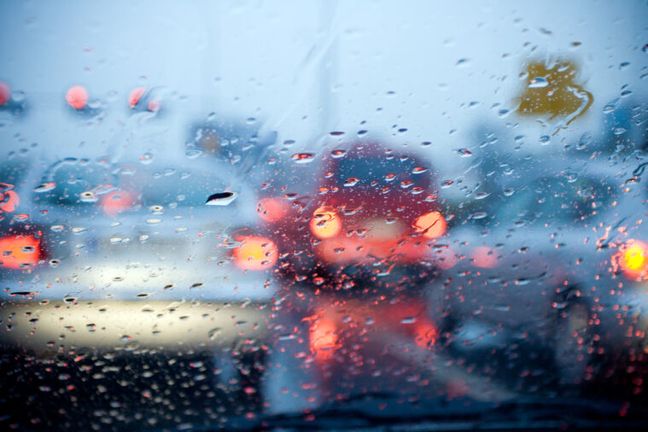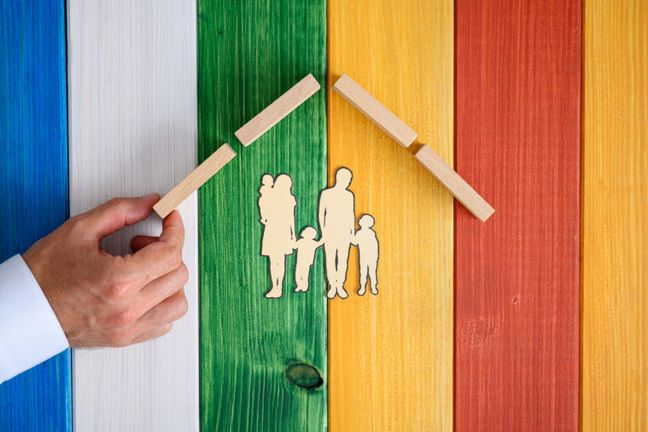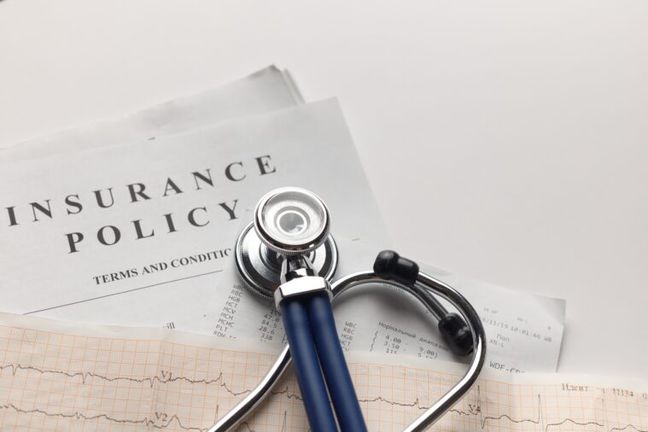The Arizona Court of Appeals recently ruled that photographs of damages to vehicles after a motor vehicle accident did not require expert testimony to be admissible, and evidence of a plaintiff’s prior accidents is admissible as to causation and damages in a personal injury case.[i] The court recognized jurors have the ability to observe and assess photographic evidence without any additional foundational requirements.[ii] In holding evidence of prior accidents on the part of the plaintiff is admissible, the court acknowledged the relevance of such evidence to a defendant’s dispute of injury causation and damages.[iii]
Underlying Case
The Court of Appeals considered the issue in an appeal from a decision on the merits in a personal injury automobile accident case.[iv] In the underlying case, the defendant rear-ended the plaintiff.[v] Defendant conceded liability but contested causation and damages.[vi] Pretrial, plaintiff moved to preclude photographs of post-accident damage to the involved vehicles, arguing they were “irrelevant and prejudicial unless a biomechanical expert established the causal relationship between the photographs and Plaintiff’s injuries.”[vii] Plaintiff also moved to exclude evidence of plaintiff’s two prior automobile accidents, asserting the injuries relating to those accidents involved the other side of his body and were therefore irrelevant.[viii] The pretrial motions were denied as the trial court held that without hearing the questions and answers as to the subject evidence, it could not ascertain the proffered relevance. [ix] However, the court noted the plaintiff could reraise the issues when ripe in trial.[x]
During trial, the parties each presented expert testimony as to causation as well as conflicting evidence as to causation and damages.[xi] Plaintiff never objected to the photographic or prior accident evidence nor reargued his motions.[xii] Plaintiff unsuccessfully moved for a new trial after the jury awarded plaintiff $6,500.[xiii] He then appealed.
Appeal and Decision
The issue on appeal was “whether the superior court abused its discretion when it denied Plaintiff’s motions in limine to prospectively exclude the admission of evidence at trial.”[xiv] The court acknowledged the lower court has broad discretion to admit or exclude evidence, and its decision would only be disturbed on clear abuse of discretion, misapplied law, or resultant prejudice.[xv] The court also set forth the low bar for admission of photographs: “the basic test for admission is whether the trial court believes that the picture might reasonably aid the jury in understanding the testimony or passing upon the issues.”[xvi] The court ruled the trial court did not abuse its discretion in admitting the photographs, and that no expert testimony was required to tell the jury what the photographs showed.[xvii] The court reasoned: “[e]xpert testimony was not required to tell jurors what the photographs show because average jurors have common sense and a lifetime of experience.”[xviii]
The Court of Appeals also declined to accept plaintiff’s argument that the evidence of his prior accidents should have been excluded, reasoning defendant disputed causation, specifically that the minor accident caused plaintiff’s injuries and damages and, “…plaintiff’s prior accidents were relevant to that argument.”[xix] The court also considered whether plaintiff was prejudiced by the trial court’s denial of the motions to exclude and found no prejudice because “plaintiff and his trial counsel had every chance to contest and diminish the weight of this evidence.”[xx]
Takeaway
In Arizona, photographic evidence of this nature is admissible without the need for expert testimony. In addition, evidence of a plaintiff’s prior accidents is relevant and admissible to the issues of causation and damages in personal injury cases. As such, ensuring evidence is gathered and disclosed in discovery is critical for defense. Finally, if the court gives the opportunity to reargue a motion or contest the evidence during trial, it is imperative to do so if for no other reason than to preserve the issue.
Keep Reading
More by this author
Sources
[i] Eager v. Schlichting, No. 1 CA-CV 22-0497, (Ariz. Ct. App., Apr. 6, 2023) (Memorandum Decision).
[ii] Id.
[iii] Id.
[iv] Id.
[v] Id. at ¶ 2.
[vi] Id. at ¶ 3.
[vii] Id. at ¶ 4.
[viii] Id. at ¶ 4.
[ix] Id. at ¶5.
[x] Id.
[xi] Id. at ¶¶ 6-7.
[xii] Id. at ¶ 6.
[xiii] Id. at 8.
[xiv] Id. at ¶ 9 (citing State v. Rodriguez, 126 Ariz. 28, 31 (1980) (“As the court pointed out, her ruling did not admit the juvenile records, but merely denied their total preclusion until it became apparent as to the context in which they were to be offered.”)
[xv] Id. at ¶ 11.
[xvi] Id. at ¶13 (quoting Baker v. Atchison, T. & S. F. Ry. Co., 11 Ariz. App. 387, 388–89 (1970)(citation omitted).
[xvii] Id. at ¶14.
[xviii] Id. (citing Adams v. Amore, 182 Ariz. 253, 255 (App. 1994)(“Expert testimony is inappropriate if the jury is qualified without such testimony to determine intelligently and to the best possible degree the particular issue without enlightenment from those having a specialized understanding of the subject.”) (“cleaned up”).
[xix] Id. at ¶15.
[xx] Id. at ¶16.

 Author: Leslie Harrach
Author: Leslie Harrach
 Editor: Ashley Paige Fetyko
Editor: Ashley Paige Fetyko
 Cannabis Workers Allege Quota to Trim 4 Pounds a Day Violates the California Labor Code
Cannabis Workers Allege Quota to Trim 4 Pounds a Day Violates the California Labor Code
 The Ninth Circuit Reminds Us: Every Word Matters
The Ninth Circuit Reminds Us: Every Word Matters
 NO WAY, PRO SE! The Consequences of Abusing the Judicial System as a Pro Se Litigant in Colorado
NO WAY, PRO SE! The Consequences of Abusing the Judicial System as a Pro Se Litigant in Colorado
 Victim of Financial Mismanagement or Unlawful Retaliation? New Jersey City University Program Founder Claims School Retaliated After Reporting Alleged Sexual Harassment
Victim of Financial Mismanagement or Unlawful Retaliation? New Jersey City University Program Founder Claims School Retaliated After Reporting Alleged Sexual Harassment
 “Real Housewives” Gets a Reality Check
“Real Housewives” Gets a Reality Check
 Missing a Chapter: Insufficiency of Expert Deposition Testimony in Medical Malpractice Litigation
Missing a Chapter: Insufficiency of Expert Deposition Testimony in Medical Malpractice Litigation
 Crash Course: Why Summary Judgment Misses the Mark in Illinois Multi-Cause Limousine Crash Collision
Crash Course: Why Summary Judgment Misses the Mark in Illinois Multi-Cause Limousine Crash Collision
 Bitter Truths: Lead, Cadmium, and Defective Pleadings in California Chocolate Class Action
Bitter Truths: Lead, Cadmium, and Defective Pleadings in California Chocolate Class Action
 The Law of Unintended Consequences: Including Insurance Brokers in Litigation Strategy Communication May Waive the Attorney-Client Privilege
The Law of Unintended Consequences: Including Insurance Brokers in Litigation Strategy Communication May Waive the Attorney-Client Privilege
 Federal Versus Arizona State Wage Statutes: The Higher Damages Takes It
Federal Versus Arizona State Wage Statutes: The Higher Damages Takes It
 A Wager with Death – Arizona Supreme Court Says Policy to Remain Valid Despite Beneficiary Betting on Decedent’s Death
A Wager with Death – Arizona Supreme Court Says Policy to Remain Valid Despite Beneficiary Betting on Decedent’s Death
 A Bit(coin) of Trouble with Arbitration
A Bit(coin) of Trouble with Arbitration
 IME Reports of a Feather Get Turned Over Together (If They Relate to the Same Individual)
IME Reports of a Feather Get Turned Over Together (If They Relate to the Same Individual)
 Feeling Conflicted: Arizona Supreme Court to Resolve Conflict in Laws Affecting Enforceability of Life Insurance Policies
Feeling Conflicted: Arizona Supreme Court to Resolve Conflict in Laws Affecting Enforceability of Life Insurance Policies